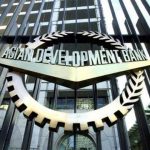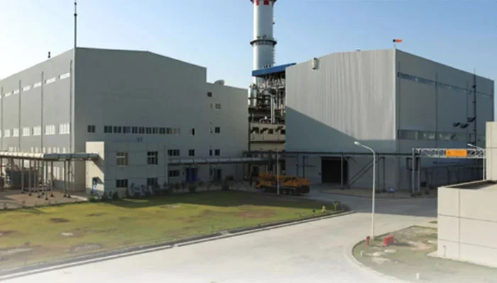The Asian Development Bank (ADB) on Wednesday announced that it was elevating its ambition to deliver climate financing to its developing member countries (DMCs) to $100 billion from 2019–2030.
“The battle against climate change will be won or lost in Asia and the Pacific,” said ADB President Masatsugu Asakawa. “The climate crisis is worsening daily, prompting many to call for increased climate finance. We are taking action to meet this call by elevating our ambition to $100 billion in cumulative climate finance from our own resources by 2030.”
In 2018, ADB committed to ensuring at least 75 per cent of the total number of its operations support climate action and its own climate finance resources reach at least a cumulative $80 billion by 2030. The latest announcement elevates the ambition of this financing, according to a press release issued by the ADB.
ADB expects the cumulative climate financing from its own resources in 2019–2021 to reach about $17 billion.
The expanded climate finance ambition is a key element of ADB’s efforts to support its DMCs. Facing the interconnected challenges of the coronavirus pandemic and the climate crisis, many DMCs are taking bold action to promote a green, resilient, and inclusive recovery.
The additional $20 billion will provide support for the climate agenda in five main areas.
First, new avenues for climate mitigation, including energy storage, energy efficiency, and low-carbon transport. ADB expects its cumulative climate mitigation finance to reach $66 billion.
Second, a scale-up of transformative adaptation projects. Projects in climate-sensitive sectors, such as urban, agriculture, and water, will be designed with a primary purpose of effective climate adaptation and enhanced resilience. ADB expects its cumulative adaptation finance to reach $34 billion.
Third, an increase in climate finance in ADB’s private sector operations. This includes creating more commercially viable projects for both ADB and private investors.
The expansion will be underpinned by improvements in operational efficiencies, a post-pandemic recovery in market demand for financing, new technologies and innovations in climate financing, and new areas of business for private sector climate operations.
ADB intends to support these initiatives with $12 billion in cumulative private sector climate finance from its own resources and anticipated crowding in of an additional $18 billion to $30 billion.
Fourth, support for a green, resilient, and inclusive recovery from COVID-19, including through innovative financing platforms such as the ASEAN Catalytic Green Finance Facility and Green Recovery Platform, which are expected to leverage funds from capital markets and private sector investors for low-carbon infrastructure.
Fifth, support to advance reforms in DMCs to unlock actions through policy-based lending to support policies and institutions for enhanced climate resilience and climate mitigation.
Across these areas, ADB will continue to expand access to new, climate-focused technologies and mobilise private capital toward climate finance.
Earlier on Tuesday, an ADB evaluation report had stated that Pakistan received the lowest funding from the Asian Development Bank (ADB) for climate finance from 2011 to 2020 among 10 countries.
The report, ADB Support for Action on Climate Change from 2011 to 2020, showed that overall climate finance in the case studies of the 10 countries represented 15.2 percent of total lending by the bank.
Maldives received the highest share of climate finance totalling 39 percent, with Pakistan holding the lowest share at 5 percent.
Pakistan had requested ADB assistance to implement its national climate change policy, and particularly to develop its climate change mitigation and adaptation strategies to reduce green house gas emissions.
However, the impact of renewables on the energy mix was still quite small and was hampered by the absence of a clear government policy on solar and wind power. Adaptation measures related to flood and disaster risk management also showed mixed progress.





